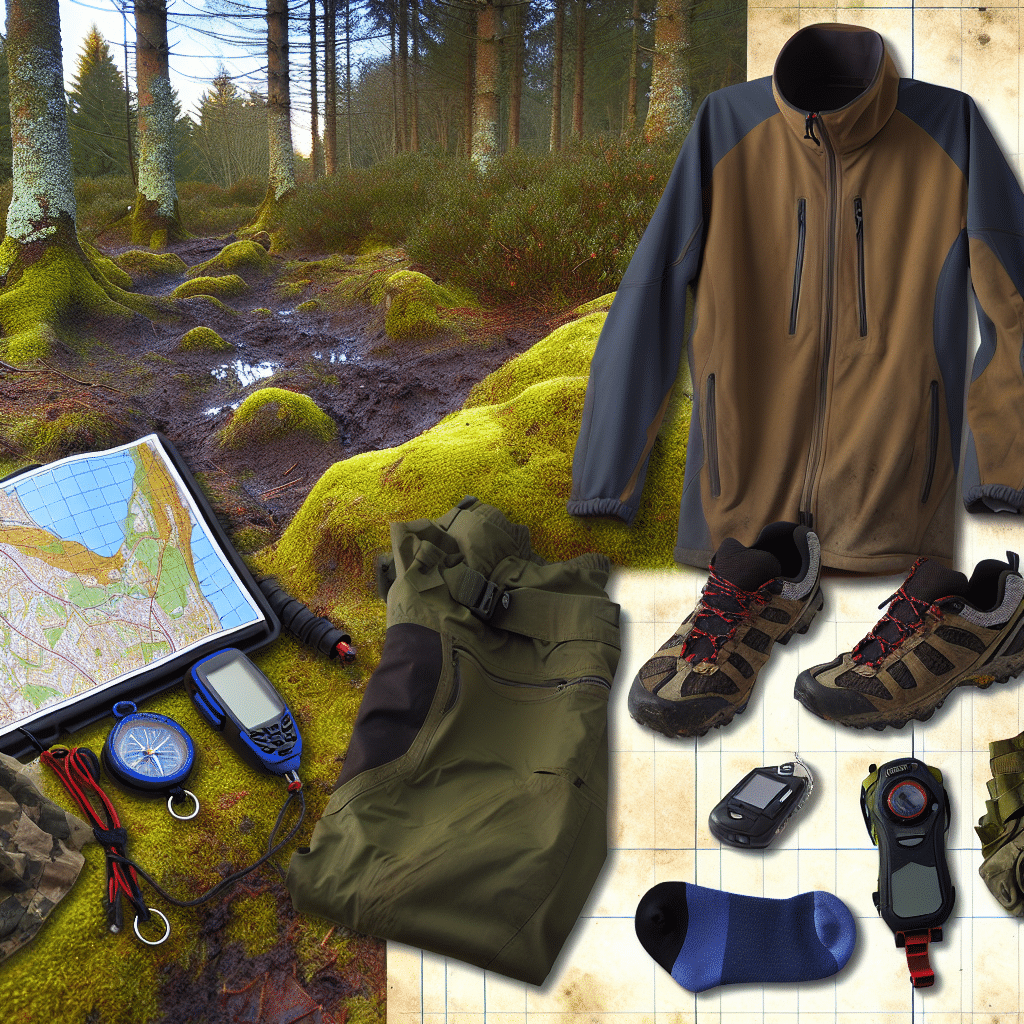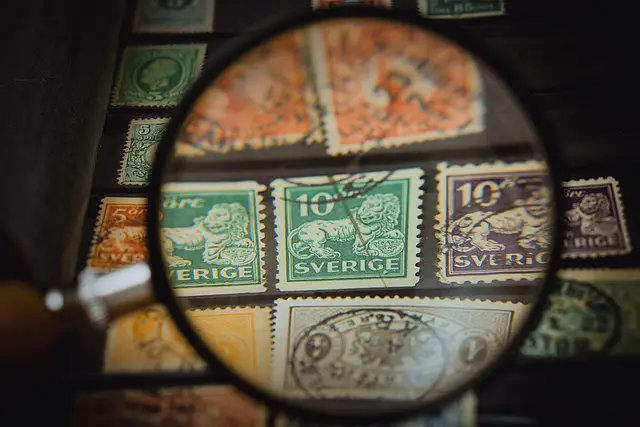Orienteering is a thrilling outdoor activity that blends navigation, exploration, and physical stamina. To truly enjoy this sport and ensure safety, having the right equipment is paramount. Whether you are a novice or a seasoned orienteer, understanding the essential gear can make a significant difference in your experience.
Why Is Proper Equipment Important in Orienteering?
Orienteering challenges your navigation skills and physical endurance as you traverse through diverse terrains to reach designated checkpoints. The right equipment not only ensures your safety but also enhances your efficiency and enjoyment. Poorly chosen gear can leave you vulnerable to the elements and increase the risk of getting lost or injured.
Essential Equipment for Orienteering: What Should You Carry?
Let’s delve into the key pieces of equipment that every orienteer should carry:
1. Map and Map Case
A topographical map is the cornerstone of orienteering. These detailed maps illustrate contour lines, land features, and significant landmarks. It’s crucial to protect your map from moisture and wear, which is where a waterproof map case comes in handy.
2. Compass
A quality compass is non-negotiable in orienteering. There are various types available, but a baseplate compass with a rotating bezel is often recommended for its accuracy and ease of use. Learning to proficiently use your compass in tandem with your map is a fundamental skill for every orienteer.
3. Orienteering Shoes
Orienteering often takes you through rugged terrains, including muddy, rocky, or densely wooded areas. A good pair of orienteering shoes provides the necessary grip, support, and protection. Look for features like water resistance, ankle support, and durable soles.
4. Clothing
Functional clothing is essential for comfort and safety. Choose moisture-wicking, quick-dry fabrics that keep you dry and comfortable. Layering is important for regulating body temperature. Always have a waterproof jacket as weather conditions can change rapidly.
5. Hydration System
Staying hydrated is crucial. Depending on the course length and weather, you can choose from a variety of hydration systems such as water bottles or hydration packs. Ensure you have enough water to last you through your orienteering activity.
Advanced Equipment for the Experienced Orienteer
Once you’ve mastered the basics and start tackling more challenging courses, advanced equipment can significantly enhance your performance.
1. GPS Device
While traditional orienteering relies on maps and compasses, a GPS device can be an invaluable backup, especially for extended or remote expeditions. Make sure to choose a model with reliable battery life and durability.
2. Gaiters
Gaiters protect your lower legs from scratches, debris, and moisture. They are particularly useful in rough or brush-filled paths. Look for gaiters that are durable, water-resistant, and easy to put on and take off.
3. Emergency Kit
Safety should always be a priority. Carry a compact emergency kit with essentials such as a whistle, small first-aid supplies, a thermal blanket, and a multi-tool. These items can be lifesavers in unforeseen circumstances.
4. Headlamp or Flashlight
Even if you plan to be out only during the day, it’s wise to carry a headlamp or flashlight. Unexpected delays can cause you to finish after dark, and having a reliable light source ensures you can navigate safely.
Preparing for Your Orienteering Adventure
Preparation goes beyond just having the right equipment. Familiarize yourself with the area and weather conditions before heading out. Practice your map and compass skills regularly, and consider joining local orienteering clubs or events to hone your skills.
1. Training and Skill Development
Regular training helps in staying sharp and physically prepared. Orienteering clubs often offer training sessions that focus on enhancing navigation skills and physical fitness. Participating in these can provide valuable hands-on experience.
2. Mental Preparation
Orienteering requires not just physical stamina but also mental acuity. Practice staying calm under pressure and making quick, logical decisions. Meditation and visualization techniques can also help in improving focus and reducing anxiety.
3. Health and Nutrition
Maintaining good health and nutrition is crucial for long-lasting energy and endurance. Balanced meals, proper hydration, and adequate rest before an orienteering trip can greatly enhance your performance and enjoyment.
Conclusion: Equipping Yourself for Success
The right equipment for orienteering is not just about convenience but also about safety and enhancing your overall experience. From the indispensable map and compass to the advanced GPS devices and emergency kits, each piece of equipment plays a crucial role. Equipping yourself properly and preparing mentally and physically will ensure that every orienteering adventure is both successful and enjoyable. So, pack your gear, hone your skills, and embark on the exciting journey that orienteering promises!




